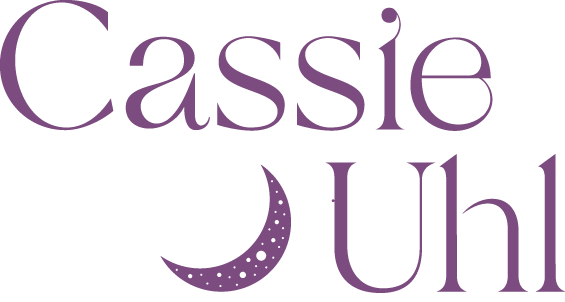Are you and Indigo? Probably, and here's why.
The term “Indigo child” is one of those buzz words in the spiritual community that you either love or hate. Some believe the label has genuinely caused harm, while for others it has been their saving grace. Doing an online search of the term reveals thousands of articles. With so much information out there about Indigos, it’s not a surprise that misinformation started spreading about them.
The truth is, most of us are Indigos, and the label might not be as mystical as you think.
Are Indigos essential to the growth of the human race? Yes, invaluable. Are all Indigos blue-eyed, psychic, empaths with magical powers? No.
The idea that all Indigos are highly spiritual beings is a misconception. Kathy Altarans and Nancy Tapp explain in Indigos: The Quiet Storm, “Are Indigos spiritual? Of course, but only in the sense that all humans are spiritual at some level.”
Let’s take a quick look at where the term originated before diving into who Indigos are.
The birth of Indigos
Nancy Tappe has a rare form of synesthesia that enables her to see a field of color around all living things. She spent most of her life learning and understanding the colors surrounding us, what they mean, and how they can benefit us.
In the late 1960’s she started to notice a new color emerge, Indigo. She saw the number of children born with the color indigo in their color field continued to increase every year. Before Nancy died in 2012, she estimated that 95% of all children born had Indigo in their color field. Even if you were born earlier than this time, you might have started to show some indigo in your auric field due to humanity shifting in this direction.
During Nancy’s time here on Earth, she dedicated much of her life to understanding Indigos and their purpose. She assessed that there are four primary categories of Indigos; artist, humanist, conceptualist, and catalyst. To assume that all Indigos are a bunch of fair-skinned, blue-eyed, empathic people goes against Nancy’s entire life’s work.
Why are Indigos here?
The goal of the Indigo is to connect the human race. The primary way that Indigos are doing this is through technology. Take a moment to think about how connected our species is due to technology. From Facebook (Nancy identified Mark Zuckerberg as an Indigo,) to texting, to the internet, the way that humans connect and interact has completely changed over the last century. Indigos are responsible for this change and continue to find new ways to connect the species daily.
Who are Indigos?
Like I mentioned above, most of us are Indigos, or at the very least have some indigo in our auric field. The simple definition of an Indigo is any person who has Indigo as the primary color in their aura. Going off a quiz or simple checklist to determine who is or isn’t an Indigo can be misleading. Indigos are all over the world and come from all different cultures, so the intricacies of the Indigo personality reflect the same vastness. The qualities of an Indigo from the 1960s compared to a young Indigo will vary as well.
A better question to start asking ourselves is, “What kind of Indigo am I?” Nancy identifies four different kinds of Indigos: artist, conceptualist, humanist, and catalyst. You can learn more about these categories here. Intrigued and would like to explore them deeper? Check out these books, Indigos: The Quiet Storm and Understanding Your Life Through Color.



